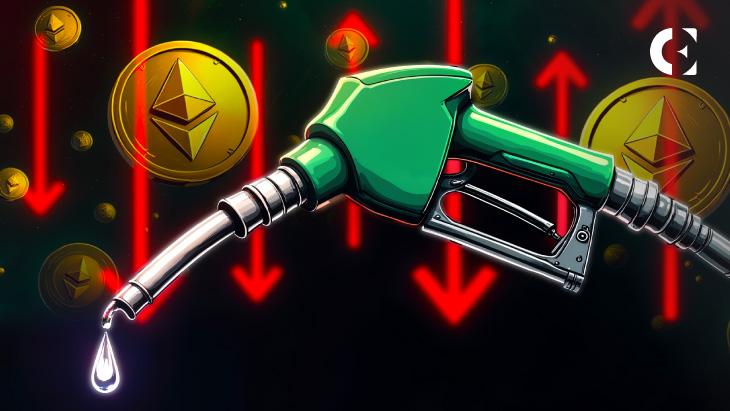The Ethereum network is sending deeply conflicting signals this week. On one hand, network activity has ground to a near halt, with gas fees plunging to rock-bottom levels. On the other, a looming “supply shock” on exchanges could be setting the stage for an explosive rally.
The Ethereum network is sending deeply conflicting signals this week. On one hand, network activity has ground to a near halt, with gas fees plunging to rock-bottom levels. On the other, a looming “supply shock” on exchanges could be setting the stage for an explosive rally.
As of July 24, have dropped to a remarkably low 0.528 gwei, a level not seen in weeks.
The average cost to perform a token swap now sits at just $1.38, with NFT sales averaging $2.32. These ultra-low fees suggest a severe drop in on-chain demand, with fewer users competing for block space.
Backing up the on-chain lull is a damning stat from . 88% of all Ethereum-based protocols generated no revenue in the past 30 days. That’s 1,121 out of 1,271 projects operating like ghost towns, active in code, but not in user engagement.
Even Ethereum’s fast-rising rival, Solana, isn’t immune. Of its 264 protocols, 75% have seen zero recent revenue.
According to , Ethereum exchange balances have dropped below 19.5 million ETH, marking a new multi-year low. Marlijn stated on X:
Marlijn is not wrong. A shrinking exchange supply often precedes price spikes, as fewer tokens available for market sale means buyers must fight over a thinner float.
While Ethereum may look weak on the surface due to low fees and dead protocols, this underlying supply dynamic could catch many bears off guard.
